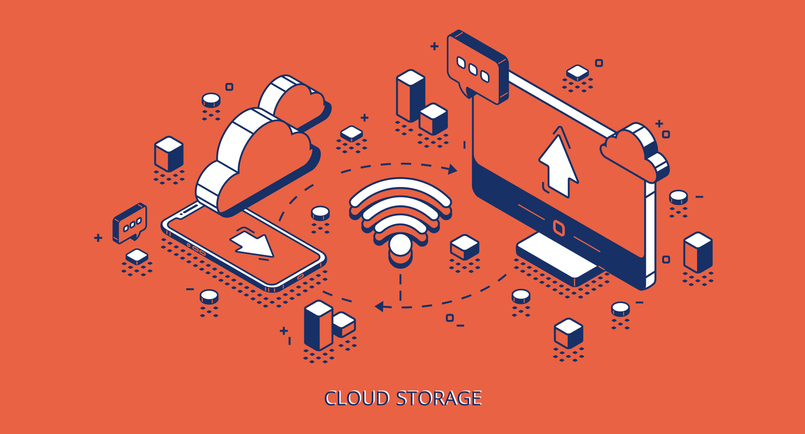Overcoming the data silo issue to win with AI
Perhaps the biggest barrier to digital transformation has been the humble data silo. After years of experimenting with middleware to link disparate datasets, cloud and as-a-service applications created many new barriers. The rapid emergence of practical artificial intelligence applications has exposed the problem of the data silo. Any organisation hoping to take advantage of AI […]
Overcoming the data silo issue to win with AI Read More »



